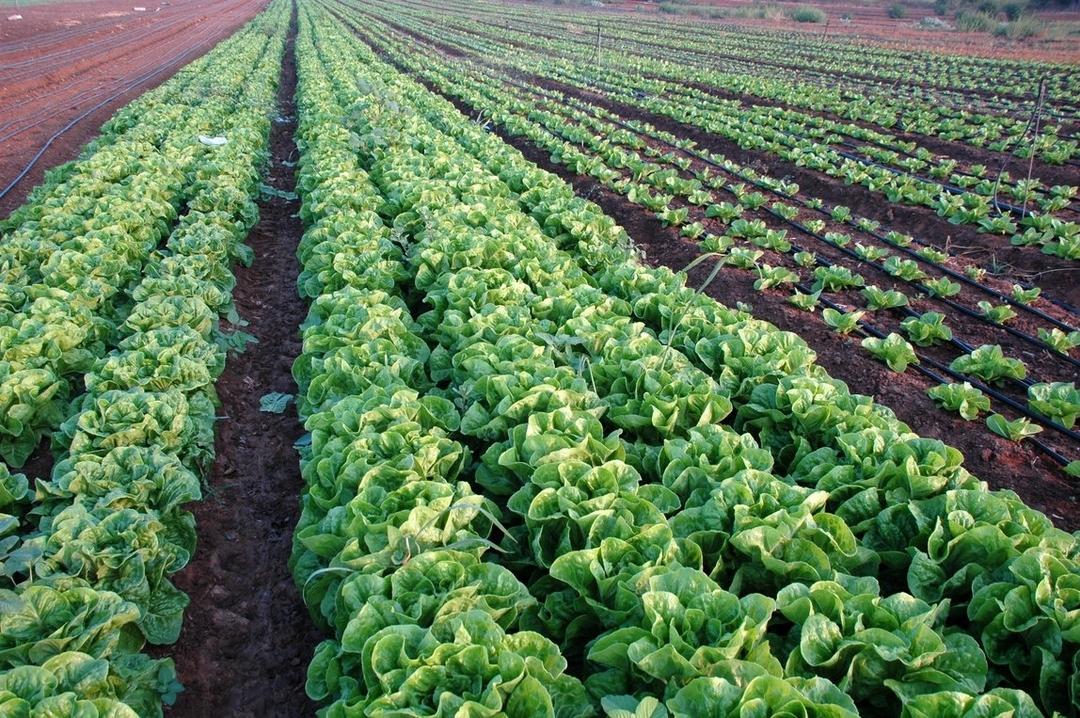
Hello readers,
Delhi Declaration on Agrobiodiversity Management accepted
- The first International Agrobiodiversity Congress (IAC) held in New Delhi, has adopted the New Delhi Declaration on Agrobiodiversity Management. In the declaration, 900 participants from 60 countries have urged researchers and policy-makers to strengthen and promote complementary conservation strategies to conserve and use agrobiodiversity.
Key Features of Declaration Agrobiodiversity Conservation:
- Nations must accord top priority to the agrobiodiversity conservation and their sustainable use towards achieving targets of Sustainable Development Goals (SDGs) relating to poverty alleviation, food and nutritional security, good health, gender equity and partnership.
Traditional knowledge:
- Recognises importance of traditional knowledge on agrobiodiversity of farmers, pastoralists and other tribal and rural communities and their role in its conservation. It calls upon nations to develop the necessary funding, legal and institutional mechanism to ensure active participation.
Conservation strategies:
- Urge policy-makers and researchers to initiate, strengthen, and promote complementary conservation strategies to conserve and use agrobiodiversity. It must include wild relatives of crop to ensure a continuum between in situ, ex situ and on farm conservation strategies to combat food and nutrition insecurity as well as adverse effects of land degradation, climate change and biodiversity loss.
Modern technologies:
- Researchers must employ modern technologies including, but not limited to, space, genomic, computational and nano-technologies for characterization, evaluation and trait discovery using genetic resources. Their aim should be to achieve equality, efficiency, economy and environmental security in agricultural production systems and landscapes.
Global exchange:
- It reemphasizes the necessity of global exchange of plant, animal, aquatic microbial and insect genetic resources for food and agriculture to meet the ever-growing food and nutritional needs of each country. Countries need to harmonise their multiple legal systems and prioritize the improvement of their phytosanitary capacities to facilitate safe transfer of genetic resources using latest technologies and trans-boundary partnerships.
Agrobiodiversity index: It suggests developing and implementing an agrobiodiversity index to help monitor conservation and use of agrobiodiversity.
Pradhan Mantri Yuva Yojana (PMYY) launched for young entrepreneurs
- Pradhan Mantri Yuva Yojana (PMYY) is a scheme for young entrepreneurs to scale up an ecosystem.
- Union Ministry of Skill Development and Entrepreneurship launched the scheme with an aim to encourage entrepreneurship education and training.
- The scheme spans over five years, from 2016-17 to 2020-21.
- It will provide easy access to information and mentor network, incubator, credit and accelerator and advocacy to create a pathway for the youth.
- The institutes under the PMYY include institutes of higher learning (colleges, universities, and premier institutes), ITIs, and entrepreneurship development centres through Massive Open Online Courses (MOOCs).
RBI issues clarifications on Hedging for External Commercial Borrowings
- The Reserve Bank of India (RBI) has issued the Clarifications on hedging for External Commercial Borrowings (ECB) in a bid to effectively address currency risk at the systemic level. The Clarifications were issued by RBI under section 10(4) and 11(1) of the Foreign Exchange Management Act (FEMA), 1999.
What are External Commercial Borrowings (ECBs)?
- ECBs are commercial loans borrowed from foreign sources for financing the commercial activities in India. It may be bank loans, securitised instruments, buyers’ credit, suppliers’ credit, foreign currency convertible bonds, etc. It should be noted that ECBs are not FDI. In case of FDI, foreign money is used only to finance the equity Capital. But in case ECBs, foreign money is used to finance any kind of funding other than equity.
What hedging means?
- Hedging is an investment mechanism to cut the risk of adverse price movements in an asset. Usually, a hedge involves taking an offsetting position in a related security.
Highlights of the Clarifications
- The ECB borrower will be required to cover both principal as well as coupon payments through the hedges done, starting from the day of borrowing. The hedging period will be for the entire life of the liability with a minimum 1 year rollover option.
- It will be ensuring that the total exposure is not unhedged at any point of time. The borrower has to hedge in such a manner that the projected cash flows match the expectation of the borrowers irrespective of the fluctuations in the foreign currency.
- The designated banks will have the responsibility of verifying that 100% hedging requirement is complied with.
No More Tension mobile App launched by the Union Ministry of Health and Family Welfare
- The App has been launched for promotion of health and to strengthen the health communications programmes.
- It will help users to manage stress and will also provide information regarding stress, symptoms and its management.
- The application will allow user to measure their stress level and learn various techniques like yoga and meditation to reduce stress from their lives.
No comments:
Post a Comment